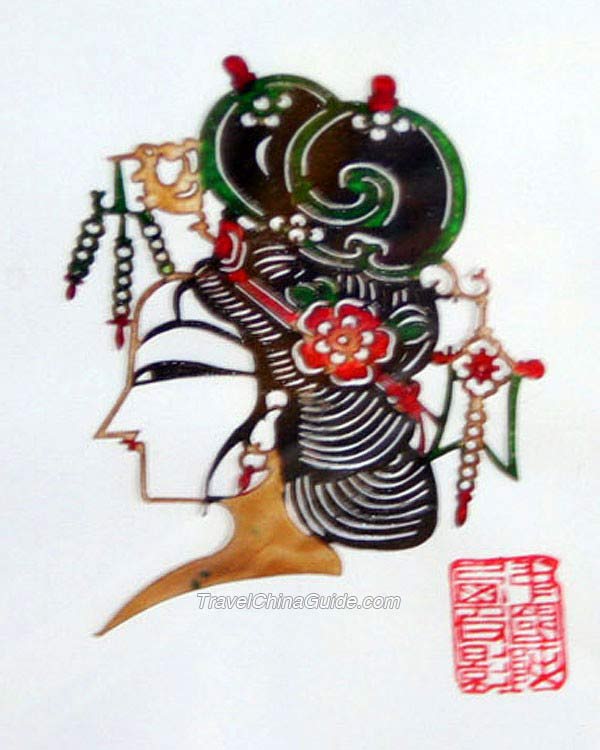
The art adapts even as it preserves the core narratives it was founded upon. This spirit of constant rebirth is one of the key messages of the wayang kulit. He says there has been a steady increase in students over the last few years, including a recent rise in female dalangs. Ki Kasidi Hadi Prayitno, son of the legendary dalang Ki Timbul Hadi Prayitno, teaches shadow puppetry at the Indonesian Institute of the Arts in Yogyakarta. The continual shift in the format has inspired a new generation of dalangs seeking to keep the art alive. India has a rich tradition of shadow puppets. Traditionally, audiences sit in front of the screen, keeping the dalangs outside of view. Shadow puppetry, also known as shadow play, is an old style of storytelling and entertainment that employs flat articulated cut-out figures held between a light source and a translucent screen or scrim. He says this more engaging style of the wayang kulit started in the mid-1990s, when dalangs began allowing the crowd to sit on the same side of the stage as the dalang. Like most dalangs, he injects his own fervor and personality into the performances, improvising with the crowd and cracking jokes with his bandmates. Ki Seno Nugroho, a renowned dalang who lives in Yogyakarta, performs the wayang kulit nearly every night throughout central Java.

Kerala, Andhra Pradesh, Karnataka, Maharashtra, and Tamil Nadu are the states that make up the. Generation upon generation pass down knowledge of the craft, just as the generations pass down the stories the puppet shadows act out. Shadow puppetry, also known as shadow play, is an old style of storytelling and entertainment that employs flat articulated cut-out figures held between a light source and a translucent screen or scrim. Entire village economies center on crafting shadow puppets and the gamelan instruments used in these performances. There you see depictions of wayang kulit in the architecture, in murals, and in marketplace souvenirs. Wayang kulit is central to Javanese culture, especially in the city of Yogyakarta, aptly known as the City of Art. The stories incorporate elements of Islam, Hinduism, and Kejawen, an ancient indigenous religion. The nighttime performances, which traditionally last from dusk to dawn, are accompanied by an orchestra of gamelan performers and a chorus of singers. Using flat yet intricate leather puppets, puppeteers known as dalangs bring two-dimensional shadows to life. On the island of Java there is a sacred form of theater known as the wayang kulit. At present this ritual art is confined to Ottapalam and Kavalappara in Palakkad district.Entire civilizations and religions are based on stories-tales of good and evil, of gods and men, of creation and death that have been passed from generation to generation.


The chief puppeteer is known as ' Pulavar'.
SHADOW PUPPETRY MANUAL
The light from these lamps cast the silhouettes of the puppets on the curtain. This 15 page manual was written by ShadowLight artist, Ramon Abad, and created as a practical beginners guide to. Behind this, on a split bamboo pole, is placed a row of wick lamps burning inside coconut halves. The puppets are arranged behind a long white curtain stretched across the Koothumadom. The puppets are fashioned out of the hides of buffaloes and deer, the former for evil characters and latter for noble ones.Įach puppet is of an average height of 80 cms and is cut out in different postures. The shadow play is presented in the 'Koothumadam', a specially constructed oblong play house on the temple premises. The play covers the whole gamut of events from Lord Sree Rama's birth to his coronation as the King of Ayodhya. The theme of the play is based on the Kamba Ramayana, narrated in a diction that is a mixture of Malayalam and Tamil dialectical variations. Tholppavakkoothu, literally meaning 'leather puppet play', is a ritual art performed during the annual festivals in the Kaali temples of Palakkad district.


 0 kommentar(er)
0 kommentar(er)
